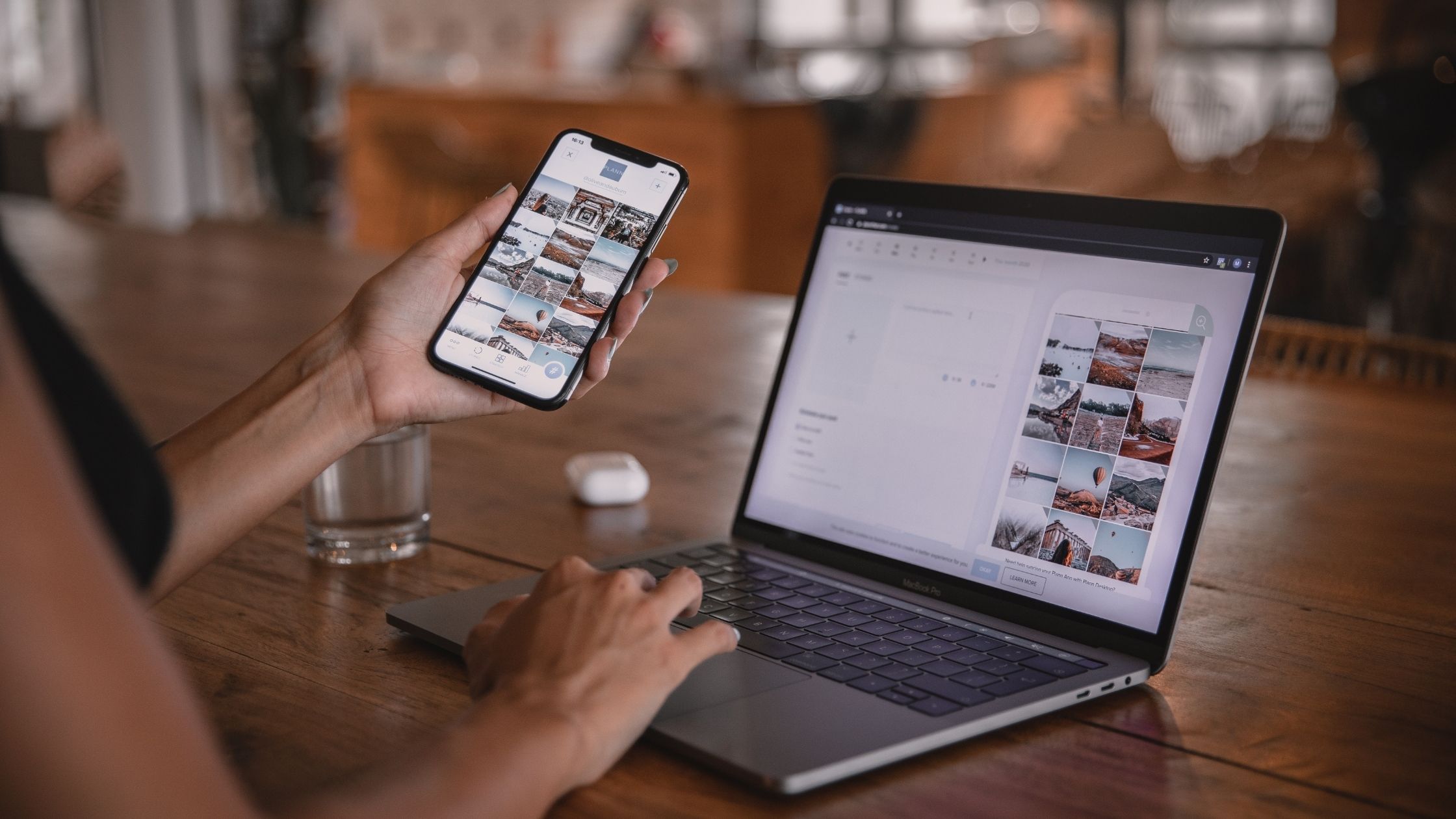
The social media ecosystem is rapidly expanding and plays an important role in determining consumer choices. The global pandemic has increased social media usage even more. Because traditional marketing methods are no longer successful, every brand must use social media marketing. This led to a massive surge in influencer marketing spending. But what if you end up spending your money on fake influencers? What if you become a victim of influencer fraud?
According to research undertaken by the cybersecurity firm Cheq, 15% of influencer marketing investments result in losses due to influencer fraud. Brands spent roughly $9.7 billion on influencers. That amounts to 1.5 billion dollars lost due to influencer fraud.
What is Influencer Fraud?
Influencer fraud occurs when an influencer artificially inflates their social media following. Buying fake followers and likes is a perfect illustration of this. It helps them create an illusion of having an influence on the purchasing decision of the consumers.
Influencer fraud occurs when fake influencers deceive brands into getting into a partnership for social media promotion via influencer marketing. Brands frequently form partnerships with users based on their social media following. However, if the influencer is a fake, the deceit will be a waste of money. It may potentially jeopardize their brand’s reputation.
Influencer Marketing Fraud- The Fake Follower Epidemic
Influencer marketing is the most sought-after paid marketing channel right now. Over 90% of firms or enterprises utilize influencer marketing to boost their social media presence or advertise their products. Estimates indicate that the number will rise even further as the power of influencers grows.
Influencers make money by promoting a brand or a product on social media. It could be a long-term engagement in which the influencer acts as a brand ambassador, or it could be a one-time promotion. Influencers may offer their own experience with a product or offer a special promotional code for it.
Businesses pay influencers a set fee for sharing their experiences. The most common payment for such services ranges between $1,000 and $10,000. However, if you connect with a well-known influencer, some would charge millions of dollars for a single social media post. In the case of promotional codes, the influencer receives a percentage of all purchases generated by the code.
Most common ways businesses partner with influencers:
- Promo Codes: The influencers share a custom promo code, they then get a percentage of the overall sales made by the consumers using the shared code.
- Promotions: In this partnership, the influencer shares their experience with the product or service.
- Giveaways: Brands provide a specific number of products to the influencers. They then have to host a giveaway for their followers.
- Sponsorships: This usually includes the influencer sharing a picture of the product or with the product.
- Special Links: Businesses provide influencers a link to share among their follower base to promote the product.
They use all of these tactics to attract consumers’ attention and increase engagement. However, things do not go as planned if you accidentally collaborate with a fake influencer. The majority of their followers are made up of false accounts bought with the intention of inflating their follower count. This enables them to create the illusion of popularity in order to enter into lucrative influencer marketing deals, resulting in influencer fraud.
Click here to learn things that you should avoid in an influencer marketing campaign.
How to Spot Fake Influencers?
Now that you know what influencer fraud is, let’s check out the ways you can identify them.
Check follower to engagement ratio
The follower-to-engagement ratio is one of the easiest ways to spot a fake influencer. Influencers who have purchased fake followers almost never have the proper engagement data to back it up. Examine their engagement rate, if the engagement ratio is low despite having a huge number of followers, the influencer is a fake. Collaboration with such an influencer would be a waste of money and other resources.
Look for sudden spikes in engagement or follower growth
Fake influencers frequently purchase a large number of fake accounts in order to get followers. As a result, the number of followers skyrockets. You can use this to protect yourself from influencer fraud. However, identifying such spikes will require the use of a third-party social media follower tracker.
Check the quality of comments
The quality of comments is another helpful indicator that you can use. To appear legitimate, some fake influencers go so far as to buy fake engagement, such as likes and comments. While we can’t look at the likes, we can look at the comments. Bought comments are usually generic and unoriginal. Examine the influencer’s social media posts for generic comments. Also, look for comments that are similar. If you discover such anomalies, you should blacklist the influencer.
Analyze their follower accounts
Analyzing the influencer’s followers can also assist you in determining their credibility. Fake followers frequently have an incomplete profile, whereas genuine accounts fill out all of the details to personalize their profile. Look for accounts that lack a profile picture and have strange names or digits in their usernames. You can also Google the URL of their profile picture to see if there is another account with an identical profile picture. These are the indicators that can assist you in identifying fake followers.
Is the influencer active on other platforms?
Any influencer, regardless of their popularity on any site, is always active on many channels. It assists them in increasing their social media presence and fan base. If influencers are only active on one platform, the likelihood of them being fake is significant.
Is the influencer tagged in photos?
Engaging with your followers is a great way for influencers to attract new followers. It also encourages them to engage with the influencer and thus increase interactions. Also, when the followers try to engage, they tag the influencer in their post. Check the post that the influencer is tagged in. This will give you an idea of how engaging a community they have. However, if they are not tagged in any posts despite having a large follower count, they are probably fake.
How Influencers Fabricate Statistics
- Follower count: Many websites sell fake followers to social media users. Fake influencers often use these websites to buy fake accounts and inflate their follower count.
- Engagement: When the users have bought fake followers, they don’t have the engagement to show for it. Due to fear of being identified, they end up buying fake engagement as well. Many websites that sell fake followers also provide fake engagement.
- Purchases: Businesses often prepare promo codes for influencers to share among their followers. This helps them measure the sales they get from partnering with influencers. Although, there are many promo code extensions like Honey and Wikibuy that provide promo codes that offer discounts. General users are also allowed to upload the promo codes they find. Fake influencers use their extensions to increase the number of purchases.
Conclusion
Now that you know what influencer fraud is, the problem that remains is, do you have the time to analyze the followers of influencers? Probably not!
However, there are numerous tools available that help you streamline the process. They can significantly reduce the time required along with the effort in analyzing the data. FollowerAudit is one such tool that can help you do that. Do try it.
Shivam is a capable substance essayist who enthusiastically makes enlightening and intriguing articles. Shivam has a curious psyche and a hunger for learning. Shivam is a reality lover who loves to uncover captivating realities from a large number of subjects. He solidly accepts that learning is a deep-rooted excursion and he is continually looking for valuable chances to expand his insight and find new realities. So make a point to look at Shivam’s work for a brilliant perusing.






